After a plane crash, four indigenous children fight to survive in the Colombian Amazon using ancestral wisdom as an unprecedented rescue mission unfolds.
Related Movies
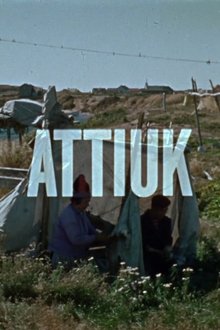
Attiuk (1963)
The people of Unamenshipu (La Romaine), an Innu community in the Côte-Nord region of Quebec, are seen but not heard in this richly detailed documentary about the rituals surrounding an Innu caribou hunt. Released in 1960, it’s one of 13 titles in Au Pays de Neufve-France, a series of poetic documentary shorts about life along the St. Lawrence River. Off-camera narration, written by Pierre Perrault, frames the Innu participants through an ethnographic lens. Co-directed by René Bonnière and Perrault, a founding figure of Quebec’s direct cinema movement.
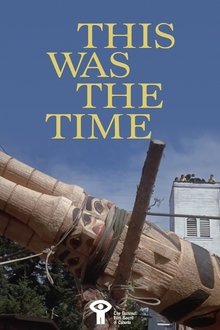
This Was the Time (1970)
When Masset, a Haida village in Haida Gwaii (formerly known as the Queen Charlotte Islands), held a potlatch, it seemed as if the past grandeur of the people had returned. This is a colourful recreation of Indigenous life that faded more than two generations ago when the great totems were toppled by the missionaries and the costly potlatch was forbidden by law. The film shows how one village lived again the old glory, with singing, dancing, feasting, and the raising of a towering totem as a lasting reminder of what once was.

Northlore (2025)
Weaving animation and live action, Northlore delves into the transformational stories of people living in Canada’s North and their deep connection to the land and its wildlife.
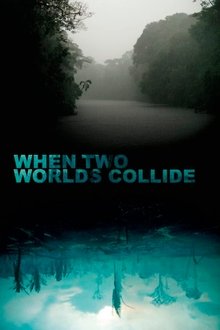
When Two Worlds Collide (2016)
In this tense and immersive tour de force, audiences are taken directly into the line of fire between powerful, opposing Peruvian leaders who will stop at nothing to keep their respective goals intact. On the one side is President Alan Garcia, who, eager to enter the world stage, begins aggressively extracting oil, minerals, and gas from untouched indigenous Amazonian land. He is quickly met with fierce opposition from indigenous leader Alberto Pizango, whose impassioned speeches against Garcia’s destructive actions prove a powerful rallying cry to throngs of his supporters. When Garcia continues to ignore their pleas, a tense war of words erupts into deadly violence.

Warrior Women (2018)
Through the figure of Lakota activist and community organizer Madonna Thunder Hawk, this inspiring film traces the untold story of countless Native American women struggling for their people's civil rights. Spanning several decades, Christina D. King and Elizabeth A. Castle's documentary charts Thunder Hawk's lifelong commitment, from her early involvement in the American Indian Movement (AIM), to her pivotal role in the founding of Women of All Red Nations, to her heartening presence at Standing Rock alongside thousands protesting the Dakota Access Pipeline. She passed her dedication and hunger for change to her daughter Marcy, even if that often meant feeling like comrades-in-arms more than mother and child. Through rare archival material—including amazing footage of AIM's occupation of Wounded Knee—and an Indigenous style of circular storytelling, Warrior Women rekindles the memories and legacy of the Red Power movement's matriarchs.
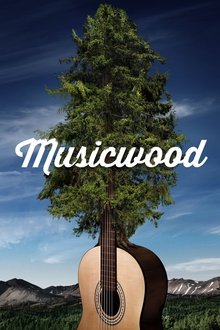
Musicwood (2012)
Musicwood is an adventure-filled journey, a political thriller with music at its heart. An unusual band of the most famous guitar-makers in the world (Bob Taylor of Taylor guitars, Chris Martin of Martin Guitars and Dave Berryman of Gibson Guitars) travel together into the heart of one of the most primeval rainforests on the planet. Their mission: to negotiate with Native American loggers and change the way this forest is logged before it’s too late for acoustic guitars.
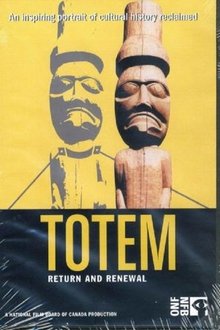
Totem: Return and Renewal (2007)
In this follow-up to his 2003 film, Totem: the Return of the G'psgolox Pole, filmmaker Gil Cardinal documents the events of the final journey of the G'psgolox Pole as it returns home to Kitamaat and the Haisla people, from where it went missing in 1929.
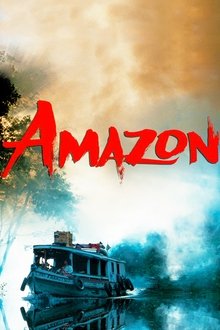
Amazon (1997)
Explore the mysterious Amazon through the amazing IMAX experience. Amazon celebrates the beauty, vitality and wonder of the rapidly disappearing rain forest.
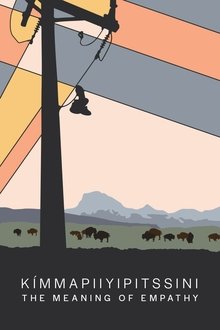
Kímmapiiyipitssini: The Meaning of Empathy (2021)
Follow filmmaker Elle-Máijá Tailfeathers as she creates an intimate portrait of her community and the impacts of the substance use and overdose epidemic. Witness the change brought by community members with substance-use disorder, first responders and medical professionals as they strive for harm reduction in the Kainai First Nation.
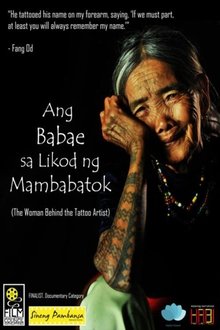
Ang Babae sa Likod ng Mambabatok (2012)
Ang Babae sa Likod ng Mambabatok unravels the multiple layers of the almost mythological figure-living legend, Fang Od, a 92 year old woman who has been called the ‘Last [Traditional] Tattoo Artist of Kalinga.’ The first layer of the story is the one she is most famous for-being a tattoo artist. At her eyes, she continues to exhibit sharpness and precision in the very demanding art and skill of tattooing. The second layer shows her many stories as woman who has reached the age of looking back. She regales us with stories of her many suitors, of her youth, the dancing and the feasts. She also looks back with not just a tinge of regret that she never married nor had children of her own. Her body covered in tattoos is a landscape on its own mirroring the map of a woman who has chosen wittingly or unwittingly a road diverging from convention and in the process became a culture-bearer.
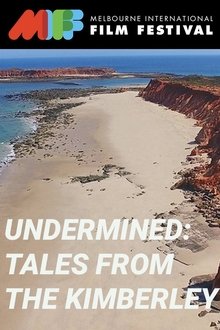
Undermined: Tales from the Kimberley (2018)
Kimberley Traditional Owners question what meaningful negotiation looks like and offer humanising portraits of those at the centre of this battle in Australia’s spectacular north-west corner, which governments aspire to make "the future economic powerhouse of Australia". With the highest percentage of Aboriginal people living on Country in Australia, what will this mean for the Kimberley’s custodians, lands and cultures, and will they survive these pressures?
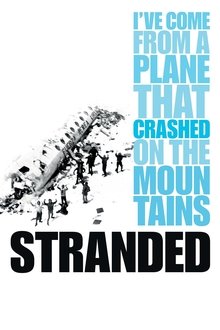
Stranded: I've Come from a Plane That Crashed on the Mountains (2008)
The story, told by the survivors, of a group of young men, members of a Uruguayan rugby team, who managed to survive for 72 days, at an altitude of almost 4,000 meters, in the heart of the Andes Mountains, after their plane, en route to Chile, crashed there on October 13, 1972.

Son of Torum (1989)
In the same vein as Meri's other documentations, this one takes advantage of the glasnost policy to discuss the social and ecologic impact of the Russian oil industry on the natives and the lands they inhabit.
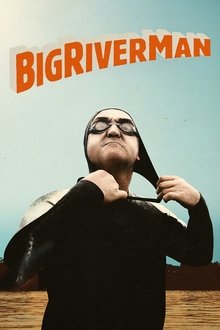
Big River Man (2009)
Follows Martin Strel as he attempts to cover 3,375 miles of the Amazon River in what is being billed as the world's longest swim.

The Mirror of the Spirit (2014)
Anthropologist and filmmaker João Meirinhos travels in Peruvian Amazonia to speak with healers who work with the plant medicine ayahuasca. The journey begins on the outskirts of Puerto Maldonado in southeastern Peru, and winds northward to Pucallpa and Iquitos.
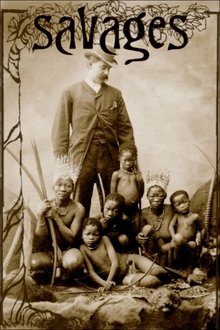
Savages: The Story of Human Zoos (2018)
For more than a century the great colonial powers put human beings, taken by force from their native lands, on show as entertainment, just like animals in zoos; a shameful, outrageous and savage treatment of people who were considered subhuman.
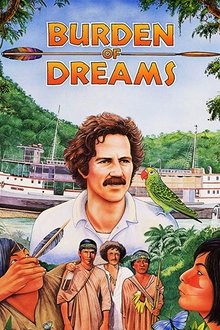
Burden of Dreams (1982)
The Amazon rain forest, 1979. The crew of Fitzcarraldo (1982), a film directed by German director Werner Herzog, soon finds itself with problems related to casting, tribal struggles and accidents, among many other setbacks; but nothing compared to dragging a huge steamboat up a mountain, while Herzog embraces the path of a certain madness to make his vision come true.
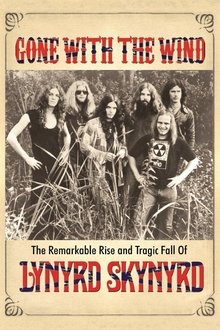
Gone with the Wind: The Remarkable Rise and Tragic Fall of Lynyrd Skynyrd (2015)
This music documentary tracks the meteoric rise of classic rockers Lynyrd Skynyrd as well as the bands' tragic downfall.
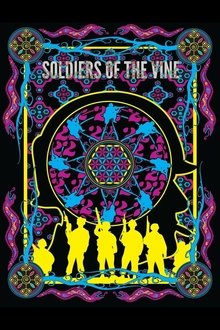
Soldiers of the Vine (2016)
After years of suffering from post-traumatic stress disorder, six US veterans of the wars in Iraq and Afghanistan travel to Peru on a quest for healing. With the help and guidance of three brothers who are traditional healers, they take ayahuasca and other plant medicines during a 10-day retreat in the Amazon rainforest.

Potlatch...a strict law bids us dance (1975)
Presents the history of the conflict between the Canadian government and the Kwakiutl Indians of the Northwest Pacific over the ritual of the Potlatch. Archival photographs and films, wax roll sound recordings, police reports, the original potlatch files, and correspondence of agents form the basis of the reconstruction of period events, while the film centres on a Potlatch given today by the Cranmer family of Alert Bay.